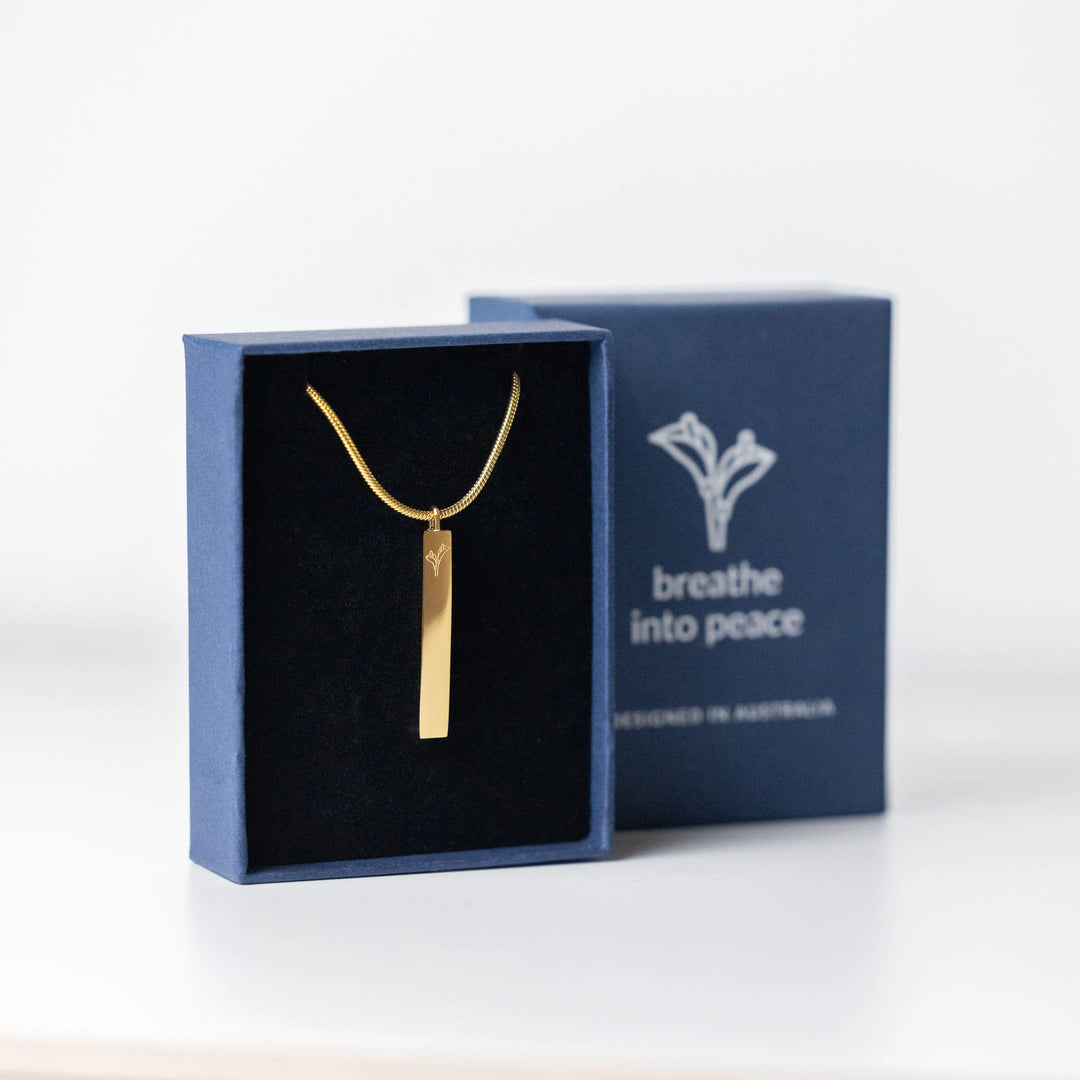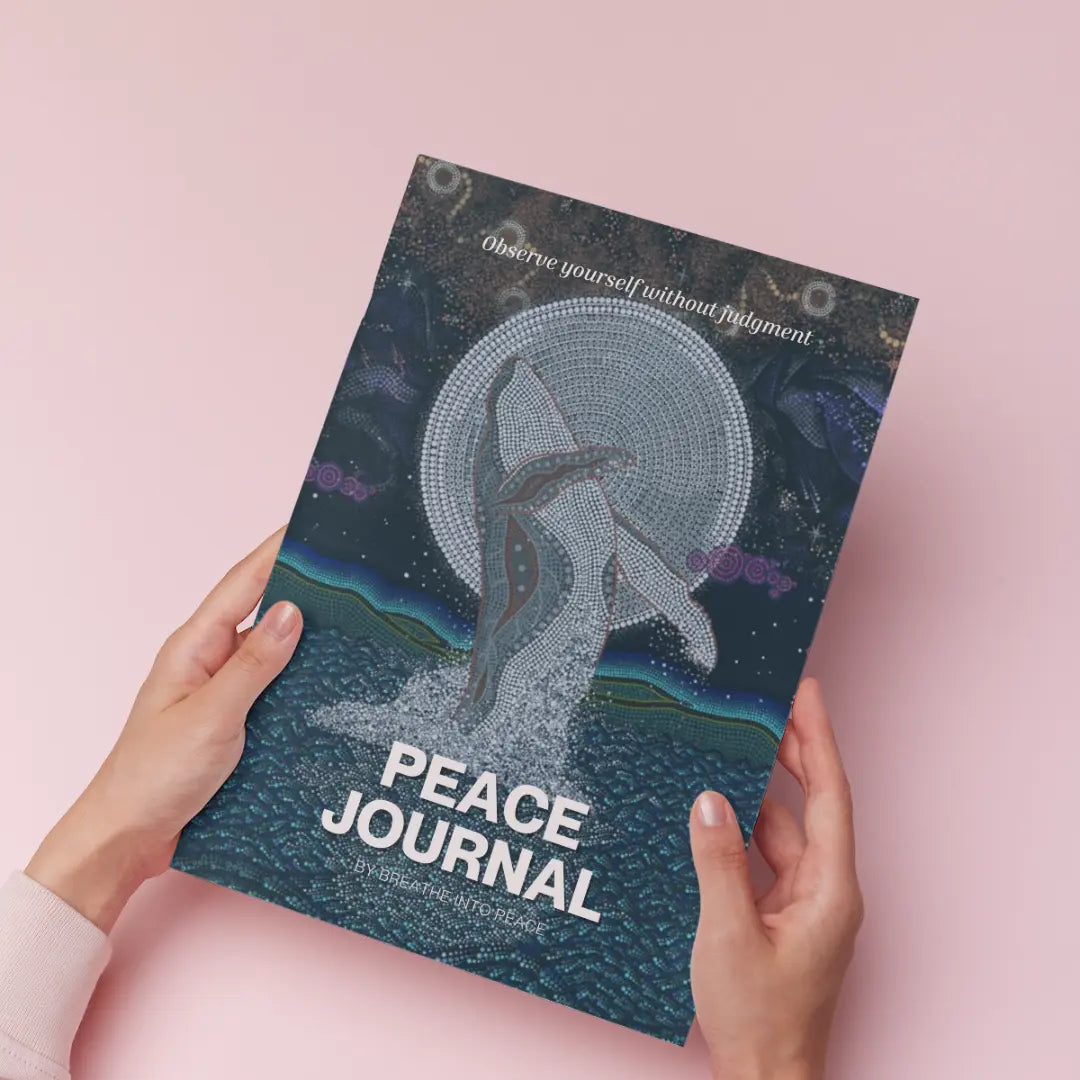3 Practical Exercises to Try When You Have Panic Attacks
When you're in the middle of an anxiety attack, it can seem impossible to think enough to do anything but allow the attack to run its course. But this situation is quite simple when you're not having an attack: You need to do deep breathing and stay as calm as possible until the anxiety passes. If you know how to properly breathe when you're not having an attack, you can use these techniques during an attack to calm yourself down in just a few minutes.
1) Relaxation exercise involving a body scan
Body scan mindfulness is an excellent way to relieve tense muscles that you may be unaware of. Body inspecting entails listening to different body parts and bodily sensory experiences in a progressive series from the legs to the head. You raise attention to every body part by intellectually scanning yourself and observing any joint pain, aches, stress, or general malaise. The primary objective is not to eradicate the pain but to become acquainted with it and gain knowledge from it so that you can effectively manage it.
How to Practice Body Scan Mindfulness
Like all meditation techniques, a body scan is intended to be simple. Lying down is beneficial, especially when doing a body scan mindfulness before bed. Comfortably sitting is an alternative if that is not feasible or pleasant.
Start taking several breaths deeply.
Allow your respiration to slow down and start breathing from your stomach rather than your chest, enabling your abdomen to contract with every breath. Try these inhaling exercises for more exercise.
Bring it back to your feet gradually. Start noticing sensory inputs in your feet. If you start noticing pain, admit it and any accompanying thoughts and feelings, and softly breathe through it.
Pay particular attention to any physical discomfort you start noticing. Try breathing into them, seeing what happens. Envision the tension in the muscles disappearing into the air as you breathe. When you are prepared, proceed.
Keep breathing into any stiffness, anguish, or pressure you are experiencing. It could assist you in releasing tension in the muscles now and become more aware of it in the coming years so that you can start releasing it then as well.
2) Relaxation techniques exercise that is advanced
Relaxation techniques are an excellent way of managing anxiety. Stress relief is more than just having a great time doing something you relish. Progressive muscle relaxation can assist you in dealing with daily stressors. Furthermore, these techniques will help with lengthy stress or anxiety related to various health problems, such as cardiac disease and pain. Learning relaxation techniques can help you if your stress is out of regulation or you already have it under control. It is simple to learn basic relaxation techniques. Progressive muscle relaxation is frequently free or low-cost, poses a tiny risk, and can be practised almost anywhere.
Different kinds of relaxation techniques
Healthcare professionals can teach several processes and techniques, such as conventional and complementary healthcare practitioners and mental health workers. You could indeed, however, learn a few relaxation exercises on your own. Relaxation techniques, overall, entail refocusing your attention on something comforting and raising your consciousness of your body. It doesn't matter which relaxation method you utilise. What matters is that you try and relax on a routine basis to benefit?
Relaxation through autogenic stimulation.
Autogenic refers to that which originates within you. You use vivid elements and proprioception in this relaxation technique to reduce stress. You mentally repeat sayings or suggestions that may assist you to feel relaxed muscular tension. Assume a peaceful setting, for instance. Then you can concentrate on soothing your breathing, trying to slow your pulse rate, or experiencing various physical senses, such as individually soothing each arm or leg.
Muscles are gradually relaxed.
This relaxation technique involves gradually tightening and then soothing each specific muscle. It can assist you in distinguishing between muscle contractions and relaxation. Physical sensations can be made more conscious. One progressive muscle relaxation technique begins with tensing and relaxing muscles in your toes and works way higher than or equal to your neck and head. This should be completed in a quiet place with no disruptions. Begin with your neck and head and work your way off to your toes. Replicate by tensing your muscles for around five seconds, then relaxing for 30 seconds.
Visual representation.
In this deep relaxation, you can use mental pictures to travel to a peaceable, soothing location or situation. When using visualization to relax, try to have as many multiple senses, such as aroma, sight, audio, and touch. Consider the aroma of salt water, the sound of waves crashing, and the comfort of the sun on your skin when you imagine deep relaxation at the beach. Shut your eyes, find a quiet place, undo any skimpy clothes, and concentrate on breathing. Concentrate on the current moment and think positively.
3) Meditation for mindfulness
Mindfulness meditation is psychological skills exercise that teaches you to soothe your body and mind by slowing down obsessive thoughts, letting go of pessimism, and letting go of negative emotions. It combines mindfulness with yoga meditation, which can be described as a state of mind in which you are focused on the now and can accept and acknowledge your ideas, emotions, and sensory experiences without assessment. Mindfulness meditation methods differ, but overall, it entails deep breathing and body and brain understanding. There is no need for candles, lavender oil, or mantras to practice mindfulness meditation unless you appreciate them. All you have to get begun is a comfy place to sit, 3 to 5 minutes of free time, and an open mind.
How to Do Mindfulness Meditation
Studying mindfulness meditation is simple, quite so to do on your own. Still, an instructor or program also can assist you in getting begun, especially if you're doing it for medical reasons.
Make Yourself at Home
Locate a comfortable and quiet location. However, because this exercise can be done for any length, there is no need for a dress code.
Cold water
When people are anxious, they frequently feel heated, and sipping cold water, putting your hands in cold water, or placing a cool towel on the nape of the neck will help.
Deem using a timer.
While still not required, a timer, ideally with a gentle, delicate alarm, could help you focus on mindfulness, overlook the time, and remove any excuses for halting and doing something else. It could also ensure you're not thinking about things for too long because many people have lost sense of time while meditating. Enable yourself time after spiritual practice to become aware of where you're from and to lead to achievement.
Concentrate on your respiration.
Acquaint yourself with the feeling of moving air in and out of your body as you take a breath. Know your belly moves up and down as the air enters and leaves your nasal passages.
Take Note of Your Thoughts
The primary objective is not to halt your thoughts but to become more relaxed as a witness to your thoughts. Don't dismiss or restrict your thoughts once they arise. Take note of them, stay calm, and then use your respiration as a guide. Consider your opinions to cloud having to pass by; observe how they switch and change as they float. Repeat the above as often as necessary while sitting quietly.
Allow Yourself a Pause
If you discover yourself distracted in your thoughts, whether from concern, fear, stress or wish, merely watch where your brain wandered and return to your inhaling. Don't be too tough on yourself if this happens; mindfulness is the practice of returning to your inhalation and focussing on the current moment.
Self-help
Whenever a panic attack begins, it is critical to recognise that it is only a terrifying experience and to allow it to flow over you while being compassionate with yourself. Resisting it will just make things worse. With time, you may begin to try to reduce stress in your life and prevent it from taking over.
Conclusion
The body's response to stress and anxiety causes panic attacks. However, these exercises are beneficial. And they may make you feel a bit better than medicines or therapy, particularly if you start practising them daily. If you have panic attacks frequently, you should see a doctor and recognize therapy, but these three exercises could help in a pinch.





Nice work i really appreciate it.anxiety attack
Leave a comment